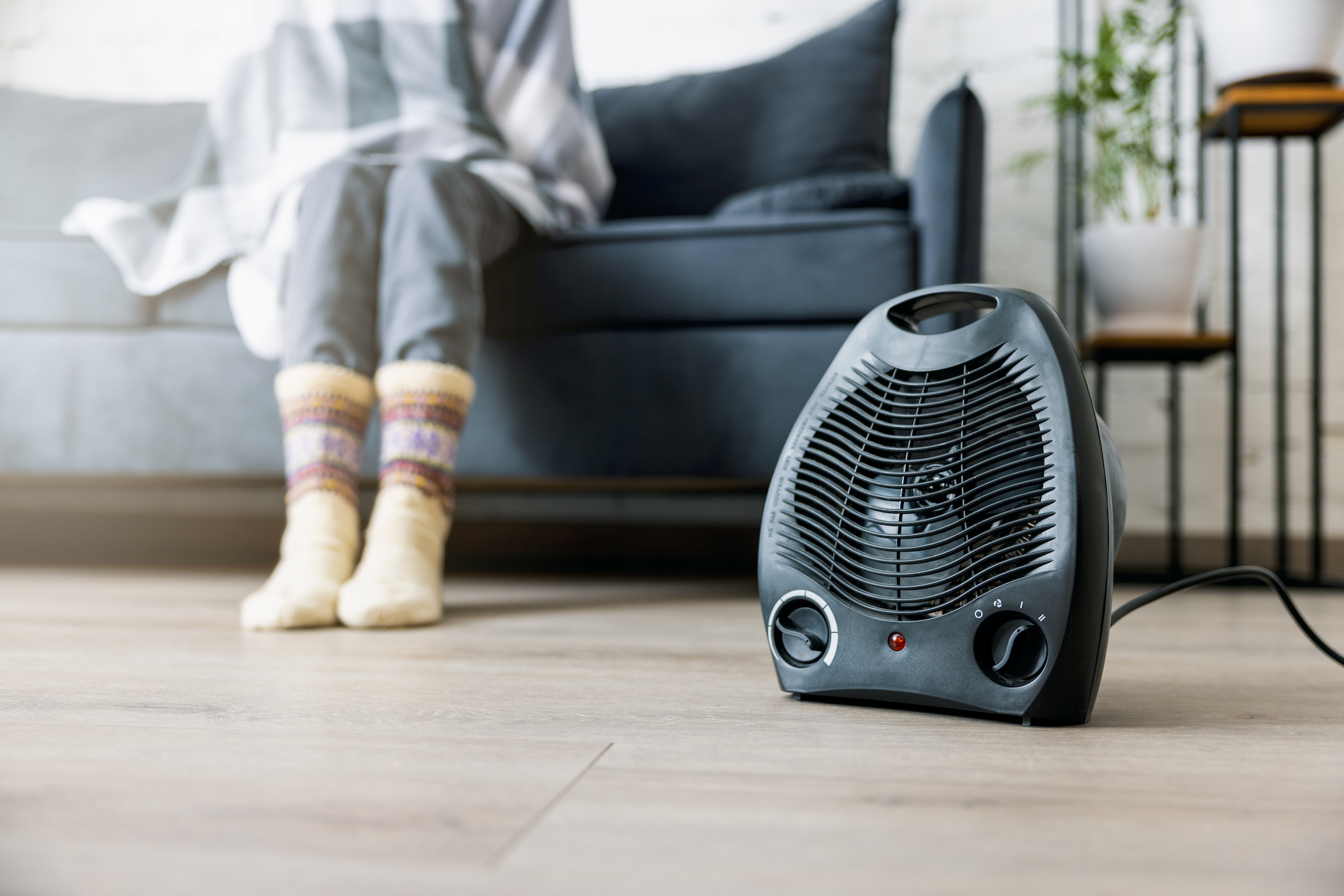
Electricians
Search

Electricians
Search

While, due to the plummeting temperatures, there are many, many articles out there focussing on gas safety, your electrical safety matters this season too! Keeping your home comfortable and safe is of course vital all year round, but the winter months present a new list of challenges to overcome. Use the following top tips to put electrical safety first this winter…
With Christmas lighting set to make an appearance and an increasing number of households relying on electric heaters to keep things toasty, overloading sockets and extension leads becomes even more tempting come winter.
Overloaded sockets and extension leads however can overheat and even catch fire, especially considering the many energy-guzzling appliances the average property is home to. Every appliance uses a certain amount of power, which is measured in watts (W). To put this into context, a desktop lamp uses approximately 60W, while an electric heater, toaster or vacuum cleaner averages around 2,000W. Surprisingly, a kettle uses the most power, with the average usage 3,000W.
As a rule of thumb, the output of one plug socket should never exceed 3,000W.
One thing many struggle with during winter is how and where to dry clothes. Drying clothes outdoors is obviously a no-go considering the worsening weather conditions. Drying clothes indoors can present yet more problems, with damp, mould and mildew commonly following without the right ventilation.
Many resort to using portable heaters to dry their wet laundry, which can be affordable and convenient if contained in a small, well-ventilated area, like a utility room. When using portable heaters however, you should never dry clothes on them. Heaters should be positioned at a safe distance from your laundry on a flat and stable surface.
Christmas lights are a common and joyous fixture at this time of year, but don’t forget about safety. Check your Christmas lights for damage, such as broken bulbs and loose wiring, before use. When replacing bulbs, only use the spares provided.
Unbeknown to most, indoor and outdoor Christmas lights are not the same. Outdoor Christmas lights are designed for just that so be sure to use them correctly.
Candlelight can add ambience and magic to interiors, especially during winter. Whether opting for the real deal or safer LED alternatives, make sure they are positioned on fire-resistant surfaces.